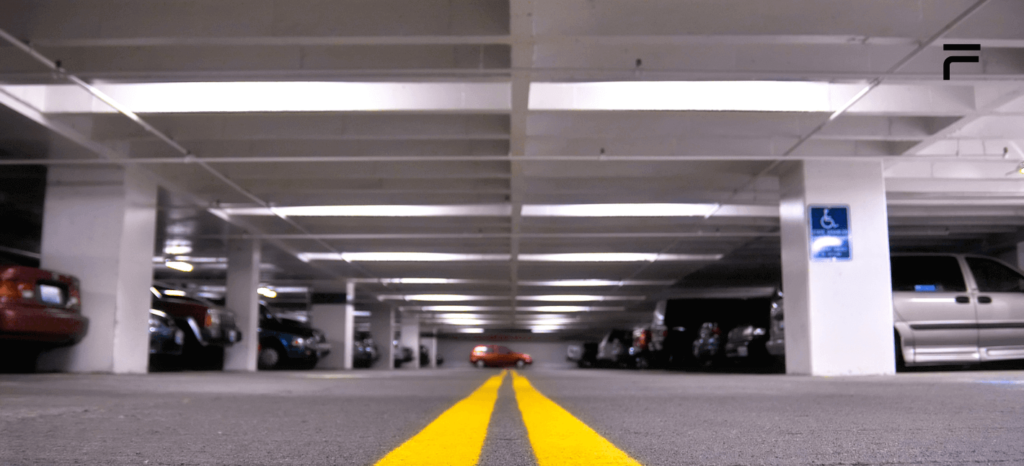Negotiating urban parking can be one of the most difficult aspects of city driving, especially when the regulations and limits vary by area. Knowing these guidelines ensures the safety of everyone on the road and allows drivers to avoid costly fines. Here are some fundamental tips for parking safely and lawfully in metropolitan areas.
1. Familiarize Yourself with Local Parking Signs and Markings
Each city has its own unique parking restrictions, which are occasionally indicated by zones, signs, and markings. Make sure to carefully review signage in areas with time limits. Avoid relying solely on previous experience because rules differ from block to block.
2. Look Out for Time-Restricted Zones
Many cities enforce time-based parking restrictions. For example, areas near businesses or schools may impose time limitations during peak hours but allow free parking at other times. Verify these limitations to avoid tickets.
3. Be Aware of Loading Zones and Clearways
Loading zones and clearways, which are common in cities, are primarily used to facilitate commercial deliveries and maintain traffic flow. Parking in a clear lane outside of permitted periods may result in fines or immediate towing. Always look for indicators that identify specific loading zone hours to help you avoid penalties.
4. Respect Residential Permit-Only Areas
Some high-density residential areas are reserved exclusively for permit holders. These sites normally have clear signage, and parking without authorization can result in substantial fines. If you’re visiting friends or relatives, ask about guest parking options to prevent getting tickets.
5. Understand the Rules for Double Dividing Lines
While double dividing lines may seem straightforward, their rules often catch drivers off guard, especially in urban areas. For example, double dividing lines, you may park legally in specific circumstances, such as designated parking spots marked alongside these lines. However, many roads with double dividing lines restrict parking altogether to ensure traffic flows smoothly and safely. Check signage and local guidelines to understand these exceptions and avoid misunderstandings.
6. Watch Out for Temporary Signs
Cities frequently impose temporary parking restrictions to accommodate street cleaning, construction, or festivities. These symptoms can appear rapidly, so it’s best to double-check for any temporary indicators if you park in a strange region. Parking in a temporally restricted area could result in fines or towing.
7. Don’t Ignore Fire Hydrant and Emergency Zones
Fire hydrants and emergency zones establish one of the most stringent parking regulations in cities. Parking close to these locations may result in significant fines and impede emergency response. Parking within three meters of a highway or emergency zone is prohibited in most localities. Learn about the compliance markings used in your area.
8. Always Use Your Parking Brake on Hills
Although this suggestion appears straightforward, urban drivers frequently park on slopes or declines, where failing to activate the parking brake can be dangerous. Setting the parking brake helps you avoid accidentally rolling your car. Turning your wheels toward the curb can also provide additional security, especially in congested city areas.
9. Pay Attention to Pavement Markings
Urban drivers rely heavily on pavement markings. These lines, which depict loading zones, parking spaces, and pedestrian crossings, guide your parking decisions. Following the lines ensures that your vehicle remains inside the specified area, avoiding interference with adjacent zones or obstruction of pedestrian paths.
10. Plan Ahead for Alternative Parking Options
Parking availability will vary depending on the time of day, neighborhood, and demand. If you reside in a high-traffic area, consider preparing for nearby parking facilities or using parking apps to find accessible spaces. This method decreases the possibility of illegal parking due to limited route possibilities while also saving time.
Conclusion
Knowing the basic principles and compliance procedures will help you avoid concerns with urban parking. Following these tips and staying current with local legislation can help you park lawfully and comfortably, avoiding unnecessary fines. Learning urban parking will help you respect time-restricted zones, avoid emergency zones, and know where to park near double dividing lines, smoothing out your travel and boosting convenience.


